- News
- Reviews
- Bikes
- Accessories
- Accessories - misc
- Computer mounts
- Bags
- Bar ends
- Bike bags & cases
- Bottle cages
- Bottles
- Cameras
- Car racks
- Child seats
- Computers
- Glasses
- GPS units
- Helmets
- Lights - front
- Lights - rear
- Lights - sets
- Locks
- Mirrors
- Mudguards
- Racks
- Pumps & CO2 inflators
- Puncture kits
- Reflectives
- Smart watches
- Stands and racks
- Trailers
- Clothing
- Components
- Bar tape & grips
- Bottom brackets
- Brake & gear cables
- Brake & STI levers
- Brake pads & spares
- Brakes
- Cassettes & freewheels
- Chains
- Chainsets & chainrings
- Derailleurs - front
- Derailleurs - rear
- Forks
- Gear levers & shifters
- Groupsets
- Handlebars & extensions
- Headsets
- Hubs
- Inner tubes
- Pedals
- Quick releases & skewers
- Saddles
- Seatposts
- Stems
- Wheels
- Tyres
- Health, fitness and nutrition
- Tools and workshop
- Miscellaneous
- Tubeless valves
- Buyers Guides
- Features
- Forum
- Recommends
- Podcast
feature
Cycling survival — 13 beginner mistakes to avoid
We were all beginners once and we all made mistakes. In the hope of helping new riders avoid the biggest errors, here's a baker's dozen blunders that you should steer clear of.
Wrong saddle height
If your saddle’s too low you’ll be uncomfortable and less efficient. If it’s too high, you risk tendon and joint injury, and rocking from side to side to pedal will chafe. There are a number of ways to determine saddle height, but the most useful rule of thumb is that your knee should be 25-35° from straight when the pedal is at the bottom of the stroke.
>>Read more: How to set your saddle height
Not using the gears
We often see newbies grinding along in their bike’s highest gear, and walking up the gentlest slopes. More rarely, a rider will have legs spinning furiously as they potter along at 5mph because the bike’s in low gear and, apparently, staying there.
You’d think people would be used to gears, but with sometimes four levers to operate, a bike’s gears are that much more complicated than a car’s, and it’s far from obvious what all those levers do.
Beginners flummoxed by gears should do two things: ask, and play.
Ask your bike shop how to use the gears. Get them to show you which are the easiest gears that will get you up hills, which are the fast gears for speed on the flat and downhill, and how to shift into them.
Play with the gears. Go somewhere quiet, like back streets or a car park when the supermarket’s closed and ride around, changing gear. Change between the chainrings, using the shift levers on the left hand side of the bar and feel how it’s harder to pedal in the big ring, easier in the small. Click between the rear gears, using the right hand levers. You’ll notice that the differences are smaller than with the front, which allows you to fine-tune the gear you’re using.
>> Read more: Beginner's guide to understanding gears
Buying a bike with too-high gears
The popularity of ‘compact’ chainsets, with smaller gears than those used by racers, means this is less of a problem than it used to be, but it bears mentioning anyway. Some road bikes come with high gear ranges because they are specifically intended for racing. Unless you live in the Fens, or are intending to race, you want a bike with lower gears so you can more easily ride up hills.
The tell-tale feature to avoid is a chainset with 53 and 39-tooth chainrings. Instead, go for a compact, with 50- and 34-tooth chainrings.
Take a look at the rear sprockets too. A sprocket set with a range from 11 to 23 teeth is for racing or flat country. Look for a largest sprocket with 28, 30 or 32 teeth which will give you a low bottom gear so you can spin more easily up hills.
Not using the 30-day service/check
Most shops offer a free service 30 days after you buy the bike. This gives the shop a chance to make sure the gears and brakes are working properly after the cables have had a chance to bed in, and to check the wheels are true.
A surprising number of people don’t take their bikes in for this free check, though. That’s a shame because as well as the useful mechanical check, it’s a great chance to chat with your bike shop folks and get answers to any cycling questions that might be bugging you.
Neglecting your bike shop
Yes, you can get amazing prices for bike stuff on line, but for a beginner it’s really worth cultivating a relationship your a good bike shop. As well as offering knowledgeable technical advice, a bike shop is often the centre of a cycling community, whether it’s dedicated to club riding, triathlon, racing or mountain biking. Finding the right bike shop for you, and spending money there, is a great way to tap into the local scene and advance your riding.
Wearing the wrong clothes
You don’t have to dress like a member of Team Sky to ride a bike (even to deliver lunch) but certain clothes really don’t work well for more than popping to the shops.
Jeans, for example, have seams in all the wrong places, and being cotton will get very cold, heavy and clingy if it rains.
Similarly that classic wardrobe staple the cotton t-shirt is fine for gently pootling around on a summer’s day, but a very bad idea if the weather’s cold. I once had to treat a cycling companion for mild exposure because she had got very cold thanks to a cotton T under a waterproof jacket absorbing sweat and keeping it there.
Read more: Beginner's guide to cycling clothing — do you really need all that Lycra?
Wearing undies under shorts
Underwear with cycling shorts is a bad combination, and not just because you’ll have a terrible VPL. The point of cycling shorts is that the Lycra shell moves with your body as you pedal and the pad sits against your skin to protect you from chafing. Underwear of any sort interferes with that, adding seams and bunching in places where you really don’t want them.
Just go commando under your Lycra and if you’re too modest for that, take a look at mountain bike shorts that have a loose-fitting outer shell over a snug inner with a pad.
Attacking hills
It’s a classic rookie error: the road goes upward and you attack it with gusto, only to turn the second corner and find a) there’s a lot more hill than you expected and b) your legs and lungs are already screaming. You’ve depleted your reserves, put yourself into oxygen debt and your body’s saying “Basta! Enough!” If you’re lucky, you’ll have a gear low enough to let you recover; if not, may find yourself roadside, having a little rest.
The trick to hills is pacing. Sure, once you’re supremely fit you can go flying up them, but even Chris Froome has to meter out his effort so that his supreme physiological engine gets him to the summit without faltering.
For beginners, the first step in learning to pace yourself is to start in a low gear, perhaps even your lowest. Spin easily, breathing steadily and find a rhythm you feel you could sustain all day. When you’re sure you’re completely comfortable, then it’s time to click up a gear and pick up the pace. A heart rate monitor can be a very useful tool for measuring your level of effort.
Read more: Buyer’s guide to heart rate monitors
Eating wrongly
Cycling needs fuel and your body doesn’t have a limitless store of it. After riding for a couple of hours or so you will have used up the glycogen in your muscles and liver. That can lead to the dreaded ‘bonk’, where you get light-headed and wobbly and have to stop for food.
Best not let things get to that stage, by eating little and often while you ride. How you take on fuel is up to you. There’s a whole sport nutrition industry ready to sell you energy gels, drinks and bars, or you can eat Actual FoodTM, as provided by cafes on the way, or dried fruit, sandwiches and like that.
But it’s just as important not to overdo it. A big meal straight before a ride can leave you feeling nauseous when you put in any effort, or just make you sluggish. The combination of cooling down and a full belly after a mid-ride meal can produce ‘post lunch syndrome’, where you just feel you can’t get going again. If you like a big lunch, don’t stop for it immediately before a big hill.
Over-reaching
If you’re fit from another sport it’s tempting to throw yourself in at the cycling deep end, bashing out mega miles. But fitness is activity-specific and even if your heart and lungs are in good shape from, say, running, your pedalling muscles won’t be.
Getting straight into pounding out big distances means you risk over-use injuries and fatigue, so build up gradually. With a little patience you’ll soon be knocking out centuries.
Forgetting spares
You don’t need much to get yourself out of mechanical trouble on the road, but without the bare minimum you’re walking if some things go wrong. The absolute essentials are a couple of spare tubes, a pump and tyre levers, all of which will get you out of the most common problem, a flat tyre. Add a multi-tool and you’ll be able to tighten most things that might come loose as you ride.
Not using sun cream
Even if it’s cloudy there can be plenty of ultra-violet getting through to damage your skin. With the breeze on your skin you won’t feel yourself burning until it’s far too late, and it’s easy to be out on the bike for long enough to get very badly burned.
The answer is sun cream with a Sun Protection Factor of at least 30, and preferably 50. Apply it liberally 20 minutes before a ride to give it time to key to your skin and top it up ever couple of hours as sweat can wash it off. Make sure you get plenty on areas that are more exposed than usual, like the back of your neck, the tops of your knees and so on.
>>Read more: Cycling survival — how to avoid sunburn & stay comfortable
Thinking it’ll be easy on the front because it’s easy in the bunch
If you’ve just joined a club or started riding with a group you have a lot to learn about positioning and moving in a line of riders. One of the most common mistakes is thinking that taking a turn on the front will be easy because you’re not having to work very hard.
Thing is, the draft from the riders in front gives you a big advantage. You do up to 40% less work than the rider out front, depending on the conditions. You can be cheerfully pootling along while the rider up front is going flat out.
Nobody is going to think ill of a newbie who doesn’t take long, hard turns on the front, so don’t bury yourself trying to do your ‘share’ before you’re fit enough to comfortably finish a 100km club run.
Another common bunch-riding error is to hang around at the back of the group trying to stay out of the way of more experienced riders. The problem with this is that anything that stretches the group out has a far greater effect on the riders at the back than those near the front; you can waste a lot of energy getting back in contact every time. Far better to ride near the front, in second or third wheel, where you can more easily respond if the pace picks up — and ask for mercy if it picks up too much!
Made or encountered any other rookie errors? Tell us about them in the comments.
John has been writing about bikes and cycling for over 30 years since discovering that people were mug enough to pay him for it rather than expecting him to do an honest day's work.
He was heavily involved in the mountain bike boom of the late 1980s as a racer, team manager and race promoter, and that led to writing for Mountain Biking UK magazine shortly after its inception. He got the gig by phoning up the editor and telling him the magazine was rubbish and he could do better. Rather than telling him to get lost, MBUK editor Tym Manley called John’s bluff and the rest is history.
Since then he has worked on MTB Pro magazine and was editor of Maximum Mountain Bike and Australian Mountain Bike magazines, before switching to the web in 2000 to work for CyclingNews.com. Along with road.cc founder Tony Farrelly, John was on the launch team for BikeRadar.com and subsequently became editor in chief of Future Publishing’s group of cycling magazines and websites, including Cycling Plus, MBUK, What Mountain Bike and Procycling.
John has also written for Cyclist magazine, edited the BikeMagic website and was founding editor of TotalWomensCycling.com before handing over to someone far more representative of the site's main audience.
He joined road.cc in 2013. He lives in Cambridge where the lack of hills is more than made up for by the headwinds.
Latest Comments
- wtjs 14 sec ago
There is an increasing 'disconnect' between comments in this topic and reality. Cords are either all cotton or mostly cotton and are going to last...
- ktache 5 min 16 sec ago
The batteries were not the easiest to find, and the brackets broke easily. The switch was far better than the D cell quick release ever readys that...
- ktache 31 min 30 sec ago
There are people out there who will make you the belt out of your old tyre.
- chrisonabike 32 min 37 sec ago
Furry dice and an air freshener for your helmet.
- AidanR 45 min 26 sec ago
Looking at the pictures in the linked article, the bikes aren't actually inconsiderately parked. The only issue is that they're on private property...
- Simon E 1 hour 20 min ago
Ah yes, those are hopefully not the 'master craftsmen' that has constructed a wide range of shoddy Italian cars and motorbikes over the years with...
- Simon E 1 hour 42 min ago
A SuperSix is definitely not an all-rounder....
- chrisonabike 2 hours 34 min ago
Just get them to walk a treadmill - or better, ride exercise bikes to power path lighting.
- AidanR 3 hours 10 min ago
So his advisers were trying to move funds around to cover losses, but in a way that needlessly created additional liabilities? It would have been...
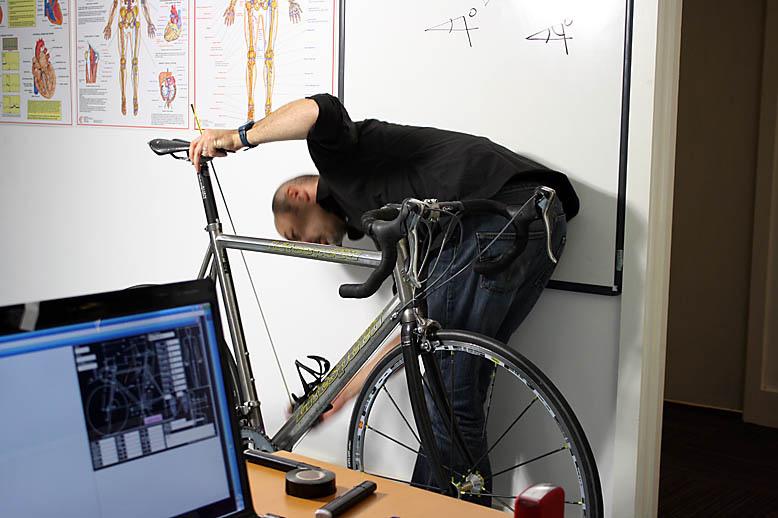

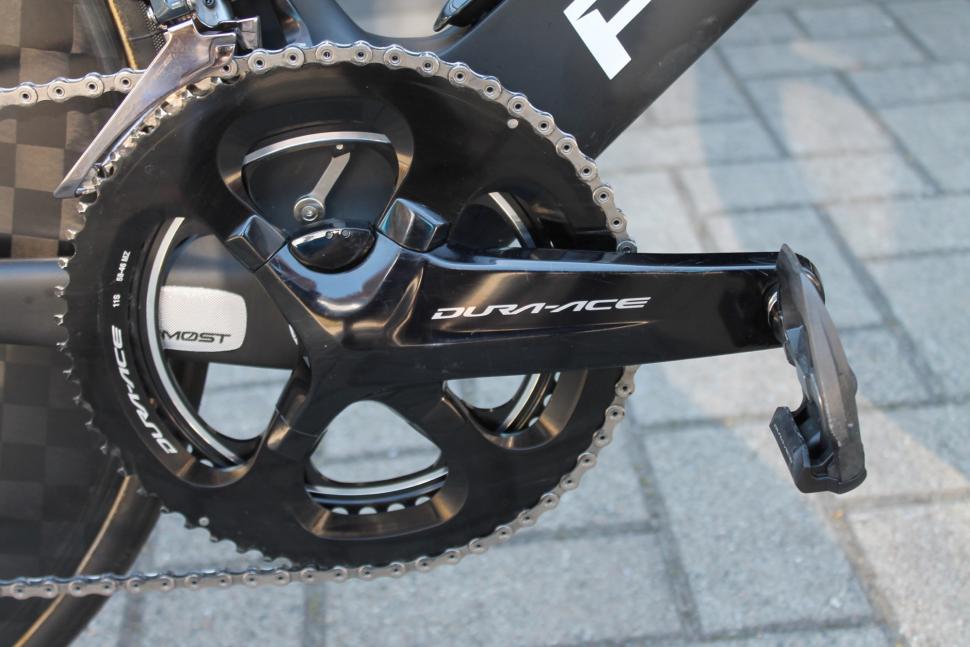





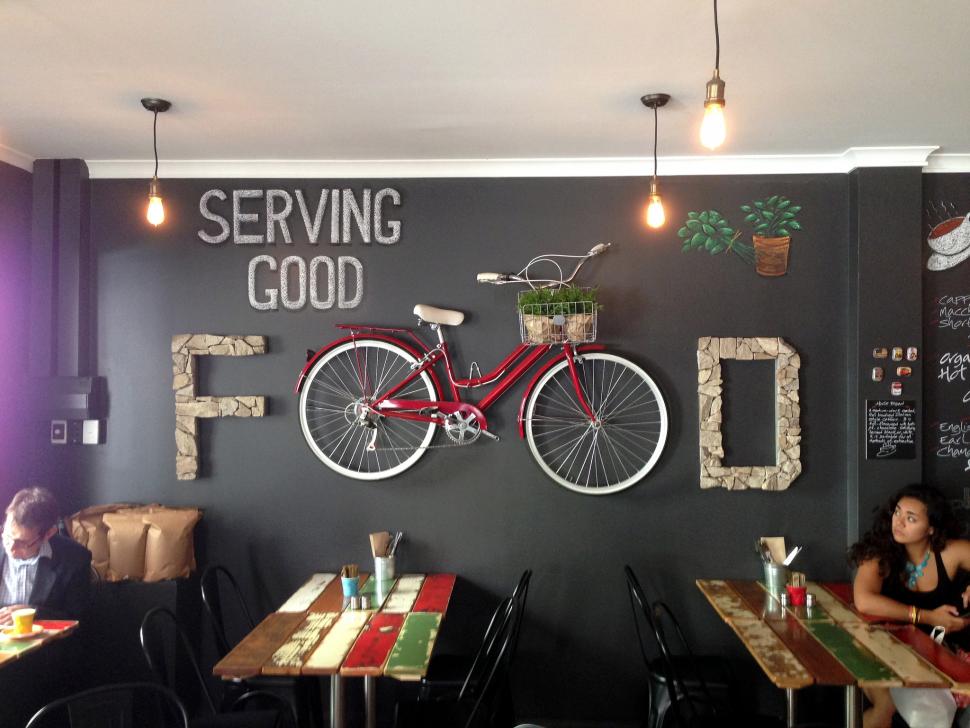
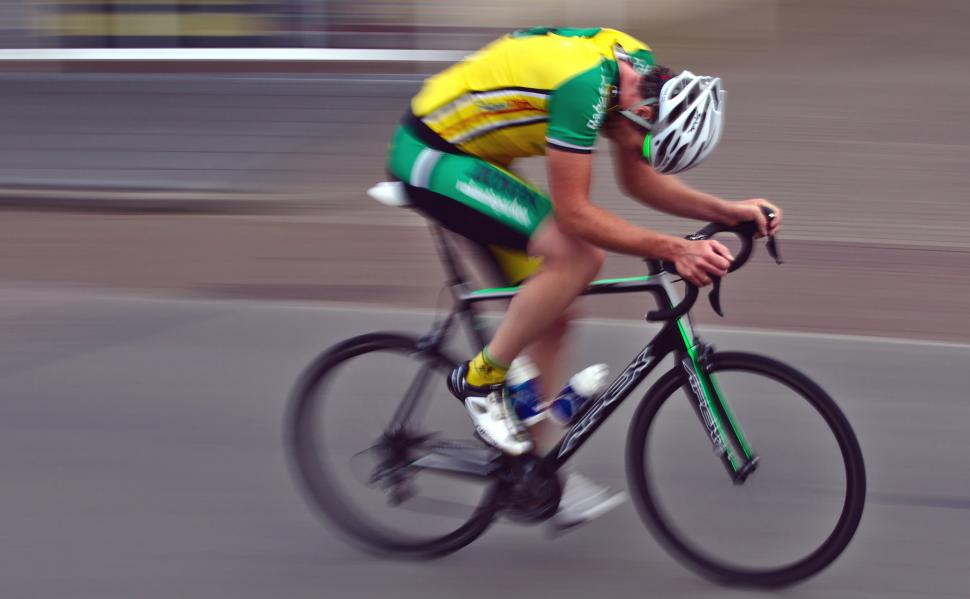
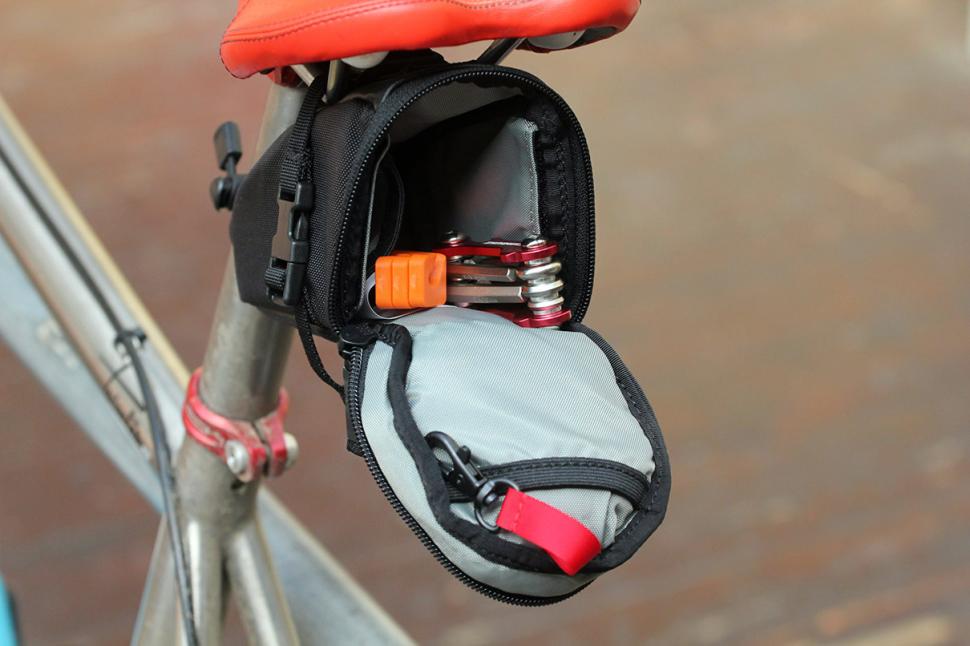
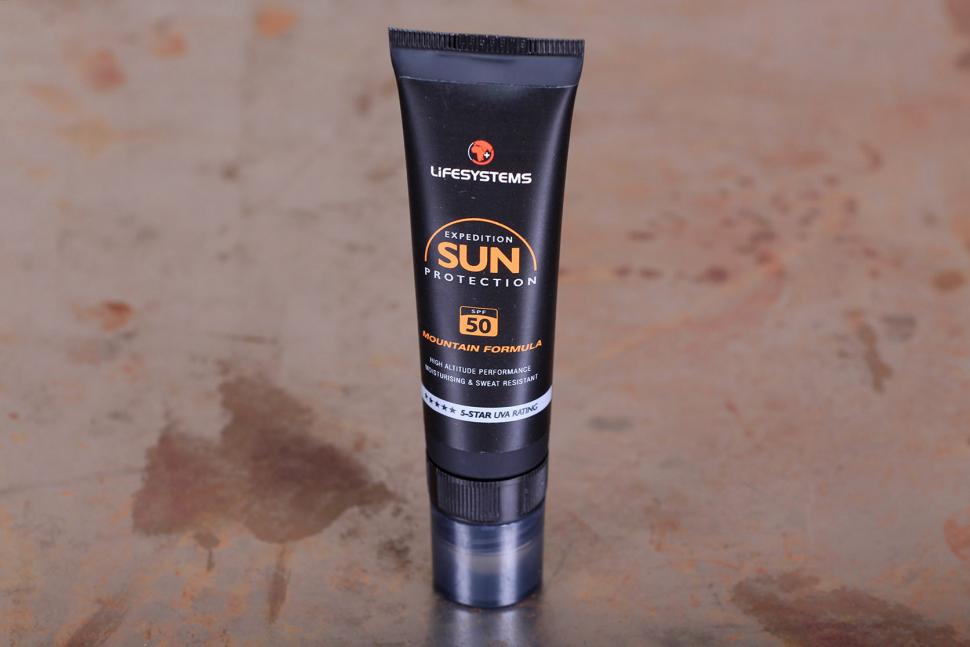
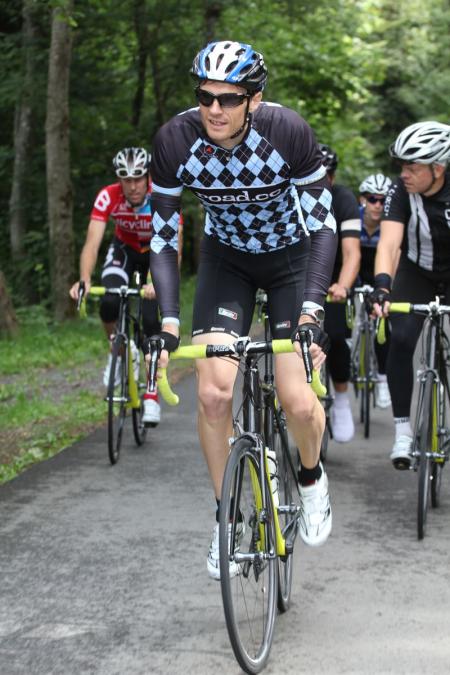
Add new comment
68 comments
Until the next year, by which time I've forgotten until it happens again
You're right though... being borderline unable to pedal along on the flat in my 34x32 bottom gear, unable to stop groaning and seeing stars... it's a right of passage.
Talking of which: 18. Get clip-in pedals. You will fall over like a div at some point. We've all done it.
You ain't kidding! Riding back to London, on a (solo) London-Brighton-London at age 17, the legs (and brain) suddenly stopped working, 20 miles from home. What the---! ah, this must be the dreaded BONK I'd heard the big lads speak of. Walked (lurched!) 50 yards to a sweet-shop---remember them?---wolfed a Mars Bar and I swear energy flooded back, via me young metabolism, within about a minute. Doesn't sound likely, but it's true, and there's one mistake I never made again. Well, not often anyway.
Ahhhh!! Now I know what Mick Jagger was doing with that Mars bar.
I had several until I learned the right way of feeding.
People who eat a lot, bonk less.
14: If you're new to a bike with drop bars, resist the temptation to lock your elbows with your arms straight. Make a deliberate effort to keep your elbows out slightly, they'll thank you for it eventually.
Good advice, although I would put it more like this - Elbows, shoulders and wrists relaxed with a relaxed but firm grip on the bars. If anything, elbows down, not out.
definately bend elbows a little - outwards to look like Chris Froome, twist you arms and bend elbows slightly downwards if you want to look a little tidier (and begin working towards being naturally more aero).
Pages